Nemaska Lithium fights bankruptcy amid market glut
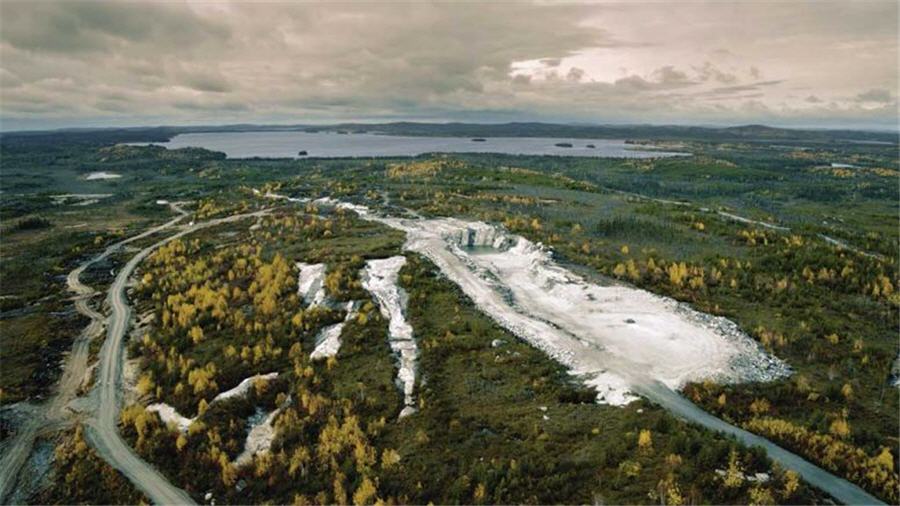
Canada’s Nemaska Lithium (TSX: NMX) said on Monday it had filed for creditor protection, following several months of attempts to find new investors in order to continue operations.
The Montreal-based company’s move seeks to avoid becoming the latest victim of an oversupply of the metal needed in the batteries for electric cars and high tech devices, which has squeezed the market this year.
Nemaska said it had received approval to apply to the Superior Court of Quebec for creditor protection under the Companies’ Creditors Arrangement Act (CCAA) from its board of directors.
The company had been in talks with mine financier the Pallinghurst Group to secure a potential C$600 million equity investment, but no deal has been reached
While on CCAA, the firm anticipates to conduct a review of its operations and to seek approval from the courts for a formal investor solicitation process. Through the process, Nemaska aims to source additional financing, sell assets, enter a joint venture, or a combination of options.
The company had been in talks with mine financier the Pallinghurst Group, the investment group led by former BHP boss Brian Gilbertson, to secure a potential C$600 million equity investment but has yet to announce a deal.
The miner’s shares, on which trade has been suspended, have dropped steadily since announcing plans last month to place its Whabouchi project in Quebec on care and maintenance.
Initially estimated to cost $ 1.1 billion, the company bumped up the total investment needed for the project to $ 1.5 billion in October.
As proposed, Whabouchi contemplates an open-pit and underground mine, north-northwest of the municipality of Chibougamau, as well as a processing plant in Shawinigan.
The mine would have a production capacity of approximately 3,000 tonnes per day over an estimated mine life of 26 years.
Prices for lithium carbonate, the most common type used in EV batteries, doubled over 2016 and 2017. Since then, they have fallen by more than 40% to around $9.5 per kilo compared to the $18 per kilo mark they hit in May last year, according to S&P Global Platts.
The main factor behind the price slump is the avalanche of new supply that has hit the market over the past year, triggered mainly by mine expansions and a cut in government subsidies for purchasers of electric vehicles in China.
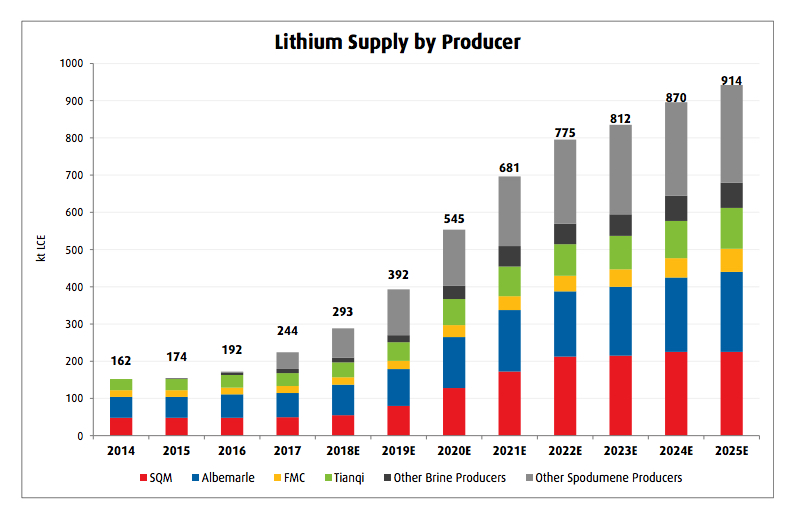
Albemarle (NYSE: ALB), the world’s No. 1 lithium miner, noted in November that prices were down by about a third on last year and that the industry has two or three times more inventory than needed.
Trying to offset the glut, the company postponed in August plans to add about 125,000 tonnes of processing capacity. It also revised a deal to buy into Australia’s Mineral Resources’ (ASX: MIN) Wodgina lithium mine and said it would delay building 75,000 tonnes of processing capacity at Kemerton, also in Australia.
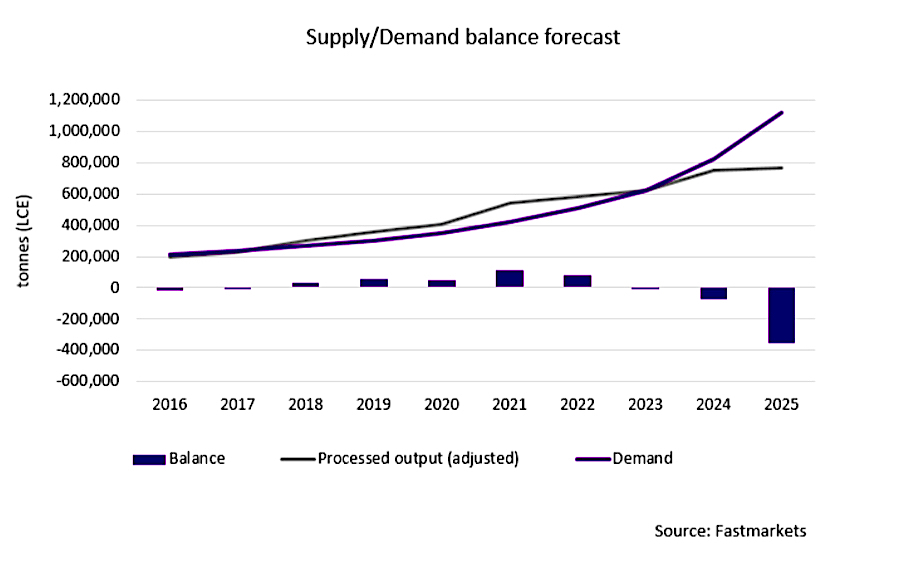
Chile’s Chemical and Mining Society (SQM), the world’s second-largest lithium producer, has also done its part, pushing back a key expansion at its Atacama salt flat operations from the end of 2020 to late 2021.
The Santiago-based lithium giant said in November that profit had fallen almost 28% in the three months to Sept. 30.
More News
{{ commodity.name }}
{{ post.title }}
{{ post.date }}

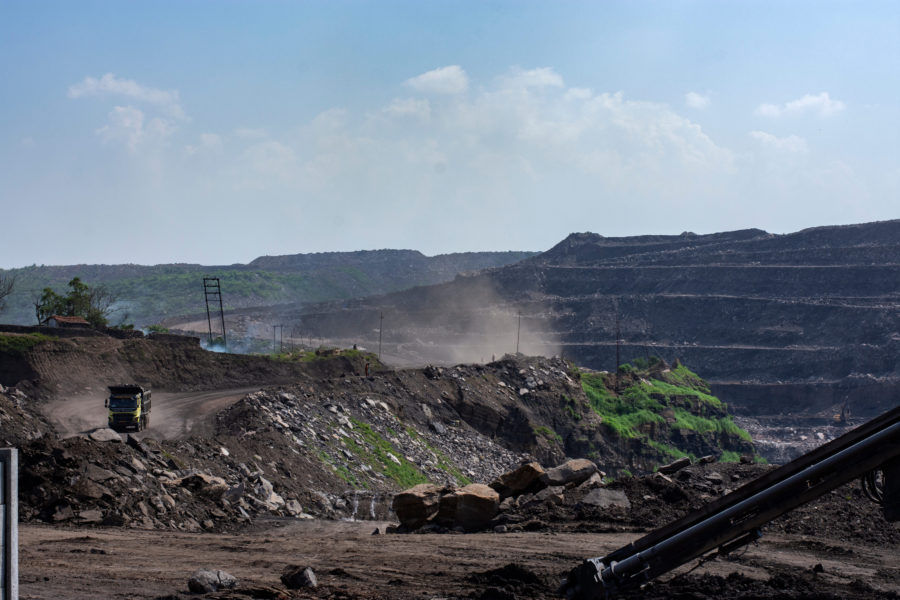
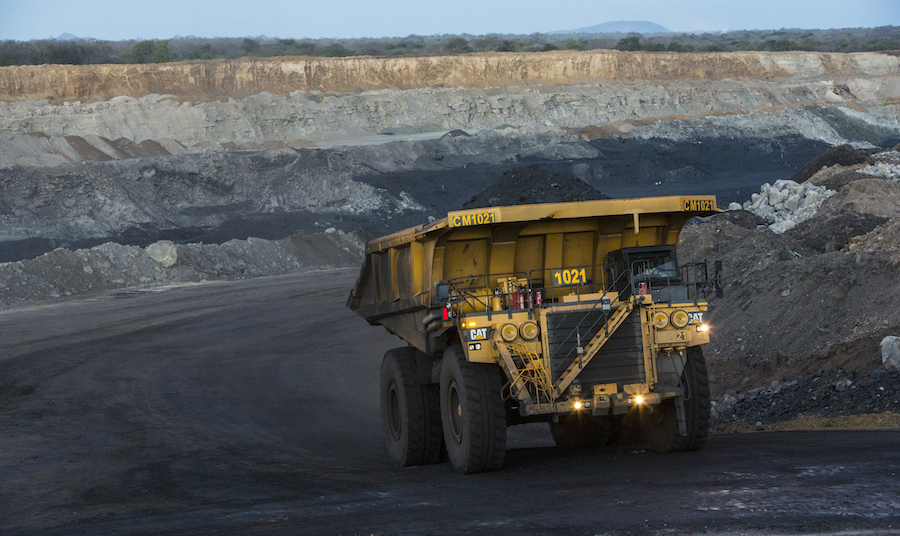
6 Comments
Claudia Jane Miller
Please remove all the mining jobs of the Internet website to get rid of the minning industry work history to closed the door on the whole minning world need to go to save our environment from climate change thank you
Phil Thomas
you Need to attend a mining class to discover why iron ore cobalt lithium palladium and the 35 strategic metals are critical to a our daily work and living. Mining is so constrained these days it making metals more expensive.
Todd J Harvey
Claudia,
Your quality of life is brought to you by mining. As soon as you give up everything metal, including electricity which is transmitted on metal lines and produced by metal equipment and give up all concrete, gravle and other aggregates we will stop mining. Get more informed before you post nonsence. Mining is highly efficient and does not significantly contribute to climate change.
A. Paul Gill
The Electric Vehicle Revolution is here. However, One of the companies that had hoped to become part of the battery materials supply chain in North America has sought creditor protection. It may be, like Icarus, they flew too close to the Sun, risking it all to fulfil the dream of Quebec becoming the ‘Green Battery’ of North America as promised by Francois Legault over the last few years. An honourable goal but still fraught with high-risk high-reward ventures. However, there is always room for improvement. The idea was right, but the timing and the material was wrong. Lithium prices were artificially inflated for a period of time from 2016-2018 when a large producer, SQM, was forced to stop production causing a panic among lithium-ion battery makers. When the underlying commodity runs, the stocks follow. Sure enough, when SQM started producing again, prices collapsed. Even though I am not a lithium analyst, I was one of the few that commented (on Linkedin) and was dismissed by the ‘analysts’ in the battery materials business. However, all is not lost, the next commodity that might rise to the fore is graphite. Quebec-mined Flake Graphite which is the only ethical material that may be used to create spherical graphite. The other materials used are from coal and bitumen. Yes, Tesla-owners, right now your li-ion batteries in the cars are made by burning coal tar and oil. Lomiko Metals TSXV: LMR has a big project in Quebec with an opportunity to join the supply chain for this vital materials that by weight and mass is 10-15X more prevalent in a Li-ion battery than Lithium. Imagine the demand for the next decade. 2020s: The Decade of the Electric Vehicle – more at http://www.lomiko.com
Clark Gilbert
Competing with the brine producers is tough. No way the spodumene producers can compete on ash price.
samir Daas
Rest in peace NMX